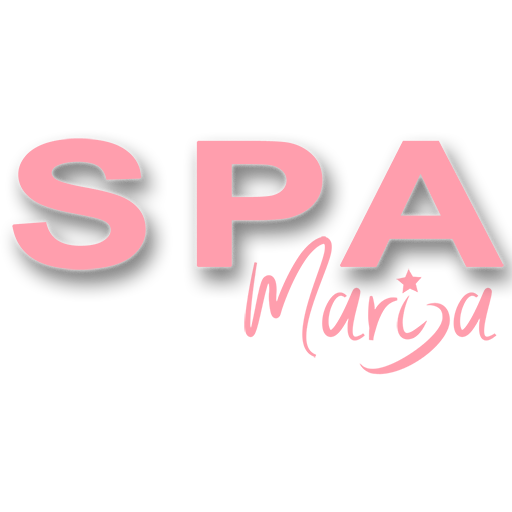Platelet-rich plasma (PRP) and PRF (platelet-rich fibrin) are the most natural way to rejuvenate the skin. Using plasma from your very own blood, this procedure restores youth and a healthy glow to the skin by stimulating new cell growth while also healing damaged tissue.
For years, platelet-rich plasma (or PRP) has been used to help rejuvenate skin, improve hair growth, and even treat orthopedic injuries. Today, there’s a second similar treatment called PRF (or platelet-rich fibrin) — but even though the treatment names sound similar and they’re used in a similar manner, PRF differs from PRP in some key ways.
Here, at Med Spa Marija, Elena Kouzmina, APRN, MSN, AGNP-C , offers both PRP and PRF treatments, enabling her patients to get the most appropriate option based on their needs. Here’s how these two state-of-the-art treatments are used — and how they differ.
PRP vs PRF— How do they work?
Both PRP and PRF work by kickstarting new cell growth and collagen production. When your body is injured, in this case by microneedling, or an injection, the platelets in your blood become activated and release growth factors. These growth factors start the wound healing process by creating new skin cells, collagen, elastin, and blood vessels. This results in firmer, plumper skin, and a reduction in fine lines and dark spots.
PRP vs PRF—what’s the difference?
The difference between these treatments lies primarily in how your blood is collected prior to treatment. With PRP, your blood is spun in a centrifuge at high speed, completely separating the plasma layer. With PRF your blood is spun at a lower speed so that some of the white blood cells, stem cells, and fibrin remain in the platelet layer. The slow spin also means fewer cells are damaged which leaves a higher concentration of healing platelets. PRF contains approximately 10 times the platelet concentration that is found within the body, whereas PRP contains roughly 2-5 times.
Another notable difference is the use of anticoagulants. A PRP treatment is added to a vial containing anticoagulants, which prevent the blood from clotting during injection. With PRF, no anticoagulants are added. This allows for the creation of a spongy fibrin matrix that signals the platelets to release their growth factors slowly. PRP releases growth factors for a few hours and PRF releases them for up to a week. This slow release is thought to have more robust, longer-lasting results.
The final difference is how the treatments are used. PRP is typically performed as a facial or microneedling session while PRF is used like a filler. The fibrin and slow-release growth factors in PRF build volume in the skin, so this natural filler is a wonderful alternative to synthetic filler.
Pre Treatment Instructions:
- At least five days before your procedure, discontinue anti-inflammatory medications
- One week before your procedure, discontinue any blood thinning herbs or supplements
- One to two weeks before your procedure, discontinue systematic steroids
- At least one month before your procedure, discontinue steroid injections
- On the day of your procedure, eat a full, healthy breakfast and be sure to drink plenty of water.
- Please be advised that if you take chronic oral steroids, a discontinuation plan will need to be discussed with your primary care provider as abrupt stoppage may cause side effects. Northeast Knee and Joint Institute does not advise stopping or taking any medication regimens without first consulting the doctor that prescribed them to you.
- Eat a solid meal within 2 hours of your appointment
- Drink plenty of water and immunity boosters to increase the quality of your blood
- Take medications if indicated (e.g., for prevention of herpes or for pain 1 hour before procedure) as prescribed.
- Remove all makeup.
Post Care Instructions:
- Avoid touching or scrubbing at any injection or infusion site for 24 hours after treatment.
- Do not massage the treated areas and avoid activities that can cause flushing for 24 hours after treatment or as instructed by provider including: consuming alcohol, exercising, extensive sun or heat exposure, using hot tub or sauna.
- Avoid taking blood thinning products (aspirin, ibuprofen, etc.) for 2-3 days, Tylenol may be taken if needed for discomfort.
- Redness and swelling after treatment is common. Apply wrapped ice pack for fifteen minutes every 1 – 2 hours the day of treatment and a few days after if needed. Oral antihistamine such as cetirizine (Zyrtec) 10mg 1 tablet in the day time and/or diphenhydramine (Benadryl) 25mg 1 tablet at night will help reduce swelling.
- Apply the recommended post-procedure skin care products as directed.
Contraindications for Platelet Rich Plasma treatment:
- Platelet dysfunction syndrome
- Critical thrombocytopenia
- Hemodynamic instability
- Septicemia
- Local infection at the site of the procedure
- Consistent use of NSAIDs within 48 hours of procedure
- Corticosteroid injection at treatment site within 1 month
- Systemic use of corticosteroids within 2 weeks
- Tobacco use
- Recent fever or illness
- Cancer- especially hematopoietic or of bone
- Chronic Liver Pathology
- Hypofibrinogenemia
- HGB < 10 g/dl
- Platelet count < 105/ul
- HIV or AIDS
- Cardiovascular disease
- Skin cancer
- Any blood cancer
- Hepatitis C
Risk factors, recovery, and results:
Because PRP/PRF treatment uses your blood, there are minimal risks and side effects associated with this procedure. Patients do not report having an overly sensitive response to PRP/PRF, and there is no risk of infection. The full effects of your treatment will appear in a few weeks to a month. Most patients will need three or more treatments to achieve longer-lasting results that contribute naturally to the rejuvenation of your skin.


